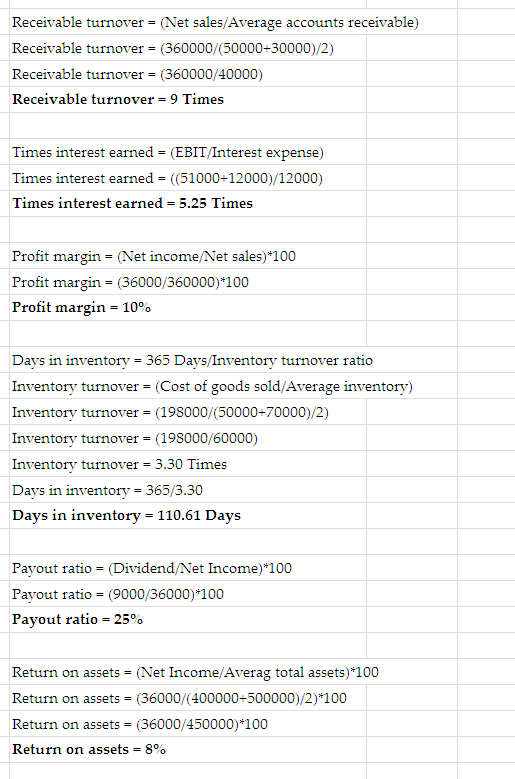This team of experts helps Finance Strategists maintain the highest level of accuracy and professionalism possible. Our team of reviewers are established professionals with decades of experience in areas of personal finance and hold many advanced degrees and certifications. Finance Strategists has an advertising relationship with some of the companies included on this website. We may earn a commission when you click on a link or make a purchase through the links on our site. All of our content is based on objective analysis, and the opinions are our own.
Price Earnings Ratio Analysis
One way to put it is that the stock is trading 24 times higher than the company’s earnings, or 24x. The price-earnings ratio is the ratio of a company’s share price to its earnings per share. It is the most important measure that investors use to judge a company’s worth.
At the same time, the predictions of future growth are only estimates and could very well be flawed. If you’re new to investing, there’s no better way to get started than by checking out our guide to the best stock trading platforms for beginners. I’d also encourage new investors to practice first by making trades using a paper trading account.
Average P/E Ratio
The difference between a P/E ratio and Developer Jobs earnings yield is that earnings yield is the inverse version of the P/E ratio, calculated by dividing the stock’s EPS by its share price. A trailing PEG ratio uses the trailing PE ratio and earnings growth rate, while a forward PEG ratio uses future estimates. In general, a high P/E suggests that investors expect higher earnings growth than those with a lower P/E.
However, it should be used with other financial measures since it doesn’t account for future growth prospects, debt levels, or industry-specific factors. The PEG ratio measures the relationship between the price/earnings ratio and earnings growth to give investors a complete picture. Investors use it to see if a stock’s price is overvalued or undervalued by analyzing earnings and the expected growth rate for the company. The PEG ratio is calculated as a company’s trailing price-to-earnings (P/E) ratio divided by its earnings growth rate for a given period. P/E forex tester 4 simulator review ratio, or price-to-earnings ratio, is a quick way to see if a stock is undervalued or overvalued.
At Finance Strategists, we partner with financial experts to ensure the accuracy of our financial content. Since X Ltd. and Z Ltd. are in the same industry, the P/Es are comparable. Therefore, comparing the two with Y Ltd. is neither recommended nor possible because the findings would be inaccurate. Given that the P/E ratio is the most often used indicator of how expensive a company is, it is crucial to comprehend the rationale and significance behind its pricing.
For equity investors who earn periodic investment income, this may be a secondary concern. This is why many investors may prefer value-based measures like the P/E ratio or stocks. When you compare HES’s P/E of 31 to MPC’s of 7, HES’s stock could appear substantially overvalued relative to the S&P 500 and MPC. Alternatively, HES’s higher P/E might mean that investors expect much higher earnings growth in the future than MPC. The Shiller PE is calculated by dividing the price by the average earnings over the past ten years, adjusted for inflation. The Shiller PE of the S&P 500 currently stands at just over 30 (as of early August 2020).
We and our partners process data to provide:
A P/E ratio of 15 means that the company’s current market value equals 15 times its annual earnings. Put literally, if you were to hypothetically buy 100% of the company’s shares, it would take 15 years for you to earn back your initial investment through the company’s ongoing profits. However, that 15-year estimate would change if the company grows or its earnings fluctuate. For example, in February 2024, the Communications Services Select Sector Index had a P/E of 17.60, while it was 29.72 for the Technology Select Sector Index.
One limitation of the P/E ratio is that it is difficult to use when comparing companies across industries. Conventionally, however, companies will report such ratios as “N/A” rather than a negative value. If a company reports either no earnings for a period, or reports a loss, then its EPS will be represented by a negative number. Cautious investors don’t always trust the calculations of analysts or the figures published by a company. Joey Shadeck is the Content Strategist and Research Analyst for StockBrokers.com.
As a result, investors are typically willing to pay more for the shares of this company because this points to better profit growth and positive performance in the future. The price-to-earnings (PE) ratio is the ratio between a company’s stock price and earnings per share. Companies with P/E ratios that always seem to be on the lower side are considered value stocks. They are seen what does a project manager do mi-gso as undervalued because their share price trades lower than their fundamentals suggest would be appropriate.
Do you own a business?
Another is found in earnings releases, which often provide EPS guidance. These different versions of EPS form the basis of trailing and forward P/E, respectively. Referred to by the acronym BEER (bond equity earnings yield ratio), this ratio shows the relationship between bond yields and earnings yields.
- The stock price (P) can be found simply by searching a stock’s ticker on a reputable financial website.
- If a company reports either no earnings for a period, or reports a loss, then its EPS will be represented by a negative number.
- The price-to-earnings ratio, also referred to as the price-earnings multiple, describes how much money a company is making compared to the price of its stock.
- Companies that aren’t profitable and have no earnings—or negative earnings per share—pose a challenge for calculating P/E.
- For information pertaining to the registration status of 11 Financial, please contact the state securities regulators for those states in which 11 Financial maintains a registration filing.
- Or if you’re looking at past data for one company, a higher number could mean it’s no longer a bargain.
One of the simplest and most common ways to evaluate a stock involves looking at its price-to-earnings ratio (P/E ratio). This ratio provides insight into a company’s current stock price in relation to its earnings. A high P/E ratio generally means that investors are willing to pay a premium for the company’s earnings, often because they expect the company to continue growing in the future. It suggests that the market has high confidence in the company’s potential to increase profits over time. However, a high P/E ratio can also signal that a stock may be overvalued, meaning the share price could have gotten ahead of itself compared to other companies in the same industry. A negative P/E ratio usually means that a company is experiencing financial losses.
For instance, the Absolute PE will be 20 ($40/$2) if the stock price is $40 today and the earnings per share are $2. The relative P/E compares the absolute PE of the firm with a certain benchmark, be it the industry average, the market PE, or its own historical P/E. Generally speaking, experts consider a PEG ratio of one or less undervalued, as its price is low compared to its expected future growth.
A high P/E ratio indicates that investors are willing to buy the shares of the company at a higher price. The P/E ratio should be compared with the share market as a whole, focusing on other companies in the same industry as well as the same company over the last few years. Only when comparing businesses in the same industry is this ratio meaningful.
The P/E is the current multiple at which the share is trading compared to its per-share earnings. On the other hand, a higher P/E ratio can be seen as a worse deal, as you are spending more money for each dollar of company earnings. So what is a good P/E ratio for stocks, and how can you calculate a P/E ratio yourself? Follow this beginner’s guide to learn more about P/E ratios, what they can tell you about a stock, and some of the ratio’s shortcomings.

